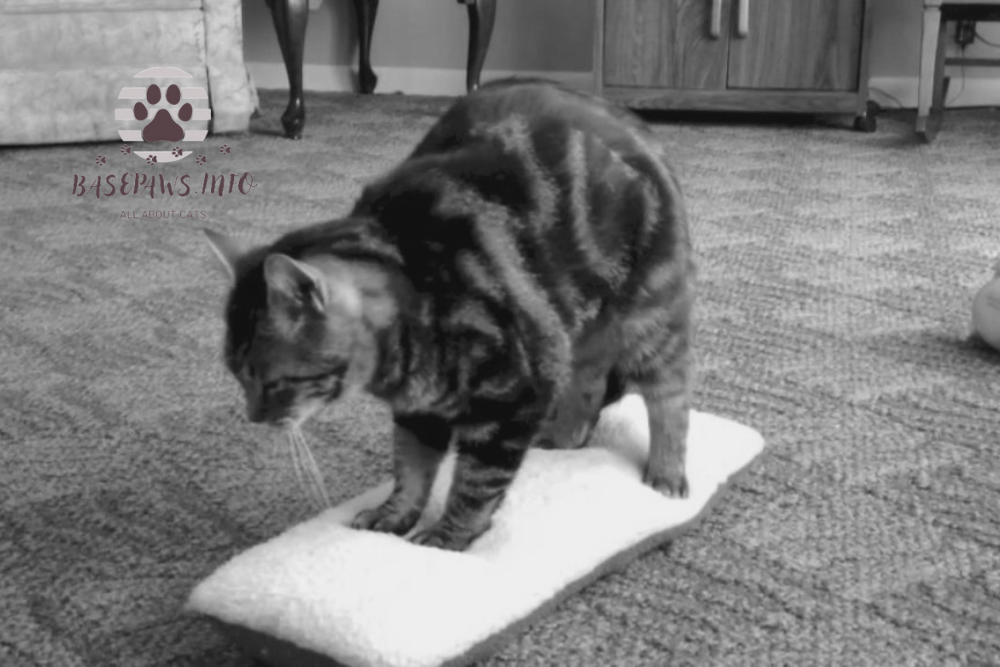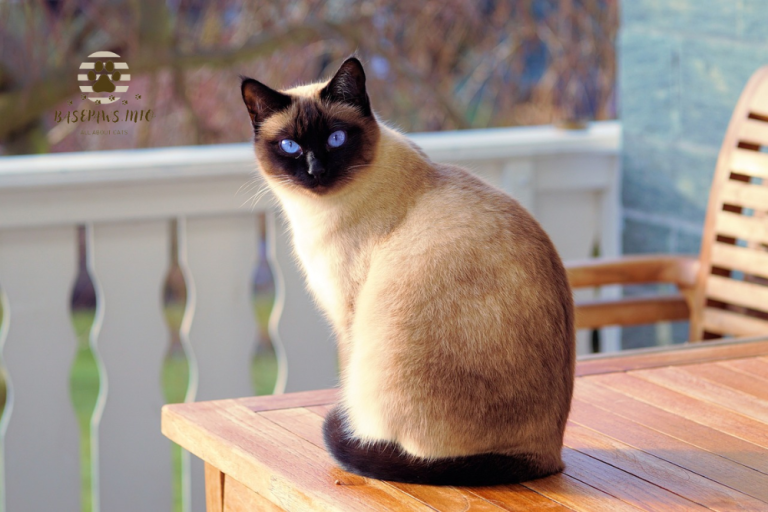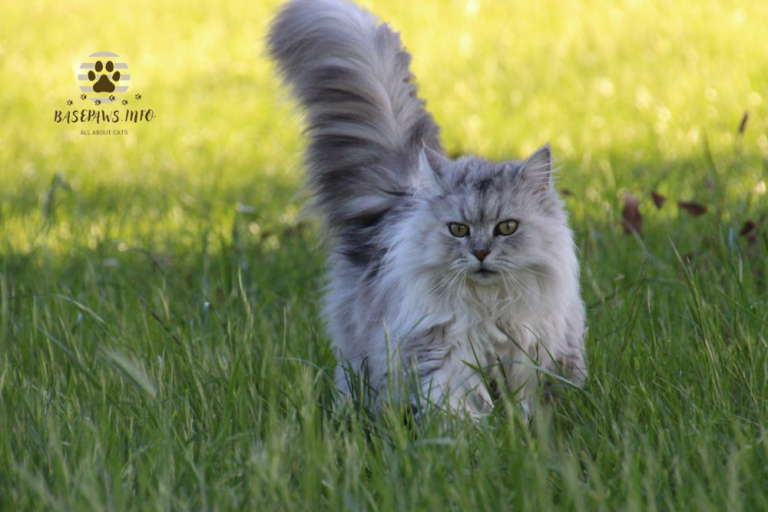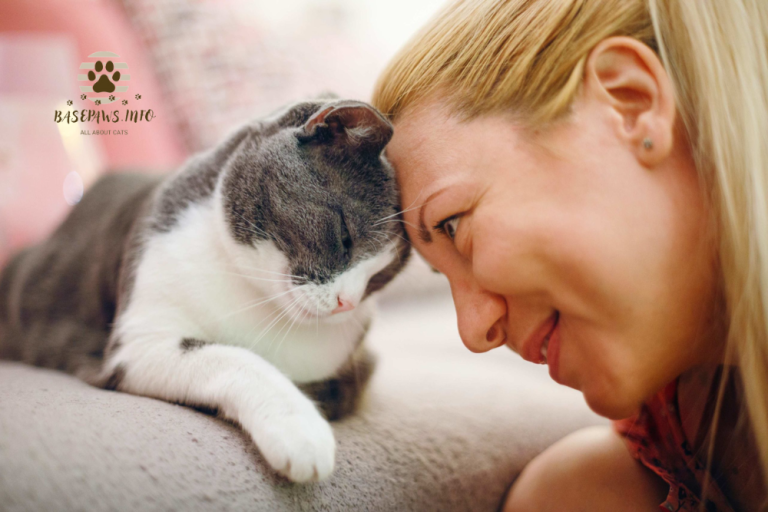Why Do Cats Knead? A Deep Dive into Your Feline’s “Biscuit-Making” Ritual
Introduction: The Love for Biscuits and Kneading
Have you ever been minding your own business, enjoying a cozy moment on the couch, only to feel your cat kneading your lap? This behavior, often referred to as “making biscuits,” can be endearing yet puzzling. Many cat owners find themselves wondering why their feline friends engage in this seemingly strange habit. Understanding the reasons behind cat kneading can help you appreciate this natural behavior and strengthen your bond with your pet.
Cats knead for various reasons, and knowing these can make it easier to coexist with this quirky behavior. Instead of getting frustrated when your cat starts kneading on your favorite blanket or your lap, you can view it as a sign of comfort and affection. By learning how to manage this behavior effectively, you can ensure that both you and your cat are happy during those cozy moments together.
If you’ve ever been curious about kneading and want to understand your cat better, this guide is for you! We will explore what kneading is, why cats do it, and how to manage any potential issues it may cause.
What is Cat Kneading?
Cat kneading is when your feline friend rhythmically pushes their paws in and out against a soft surface, often resembling the motion of kneading dough. This behavior is instinctive and typically begins in kittenhood, serving various purposes throughout a cat’s life.
How Does a Cat Knead?
When a cat kneads, they use their front paws, alternating between the left and right paws. They often push down hard, which can cause them to sway from side to side. Some cats might even incorporate their back paws in this action.
Variations in Kneading
Not all cats knead in the same way. Some cats might knead with all four paws, while others prefer using just their front paws. The intensity of kneading can also vary; some cats are gentle, while others may press down harder, causing discomfort for their owners.
Purring and Kneading Connection
Often, kneading is accompanied by purring, which indicates that your cat is feeling content and relaxed. This combination of actions can be a heartwarming experience for cat owners, making it clear that their furry friend is comfortable in their presence.
Why Do Cats Knead?
Association with Nursing and Milk Supply (Kitten Instincts)
Kneading has its roots in kittenhood, when young cats knead their mother’s belly to stimulate milk production. This instinctive behavior not only helps them access nourishment but also fosters a deep emotional connection with their mother. Kneading provides comfort and security, creating a sense of warmth and safety. The rhythmic motion mimics the gentle massage of a mother cat, reassuring the kitten and promoting relaxation, which can carry into adulthood as a comforting behavior during stressful times.
Making Their Bed: Nesting Behavior
Cats also knead to create a cozy spot to sleep. Just like humans fluff their pillows, cats knead to make their resting place more comfortable. This nesting behavior is deeply ingrained in their instincts, harkening back to their wild ancestors who would knead down grass and leaves to create a secure den. In addition to fluffing up their sleeping area, kneading may also help cats check for hidden threats in their environment, ensuring their resting space is safe before settling down.
Displaying Happiness and Affection
If your cat kneads on you, it is a sign that they trust you and feel happy in your company. Kneading is a way for cats to show affection and bond with their human companions. This behavior can also be observed when cats knead on soft surfaces, such as blankets or cushions, indicating that they feel content and secure in their environment. Many cat owners describe the experience of being kneaded as both adorable and comforting, often associating it with their pet’s purring, further enhancing the affectionate atmosphere.
Scent Glands: Marking Ownership and Territory
Cats have scent glands in their paws, and kneading allows them to mark their territory. When they knead on a blanket or on you, they are spreading their scent and claiming their space. This territorial marking is instinctual, as cats communicate with each other through scent. By kneading and leaving their scent behind, they create a familiar environment that reinforces their ownership, which can be particularly important in multi-pet households.
Working Out: Stretching and Limbering Up
Kneading serves as a form of exercise for cats. It helps them stretch their muscles and keep their joints flexible, contributing to their overall health. The action of kneading engages various muscle groups, promoting flexibility and circulation. It can also help cats maintain their agility and strength, which is crucial for their predatory instincts. Just like humans might do yoga or stretching exercises, kneading can be seen as a natural way for cats to stay limber and fit.
Mating Behavior: Kneading in Female Cats
In female cats, kneading may also be linked to mating behaviors. When in heat, a female cat might knead as a way to attract male attention, signaling her availability. This behavior may also coincide with other mating displays, such as vocalizations and rolling on the ground. Understanding this behavior can help cat owners recognize when their female pets are in heat, allowing them to take appropriate measures for their care.
Comfort and Stress Relief
Beyond its instinctual and behavioral aspects, kneading serves as a stress-relief mechanism for many cats. The repetitive motion of kneading can have a calming effect, helping to reduce anxiety and promote relaxation. It’s common for cats to knead when they are feeling safe and secure, providing them with a sense of comfort, much like a child sucking their thumb. This soothing action can help cats cope with changes in their environment, such as moving to a new home or the arrival of a new family member.
Individual Personality Traits
Interestingly, not all cats knead, and the frequency and style of kneading can vary widely among individuals. Some may knead vigorously with their claws out, while others may perform a more subdued version. Factors such as breed, personality, and past experiences can influence this behavior, making it a unique expression of each cat’s character. Understanding your cat’s specific kneading habits can deepen your bond and provide insight into their emotional state.
Evolutionary Background of Kneading
Pheromone Communication
Kneading can be a form of pheromone communication, as cats release scents from their paws that convey information to other cats. This helps establish social connections and communicate their presence.
Neoteny: Retention of Juvenile Behaviors
The phenomenon of neoteny refers to retaining juvenile traits into adulthood. Cats that knead are displaying a behavior typically associated with kittens, reinforcing the bond with their owners.
Social Affiliation and Communication with Humans
Kneading is a unique way for cats to connect with their human companions. It demonstrates their desire for companionship and reinforces their social relationship with you.
What if My Cat Doesn’t Knead?
Natural Behavioral Variation
Not all cats knead, and that’s perfectly normal. Some cats might express their comfort in other ways, such as cuddling or rubbing against you.
Stress, Comfort, and Signs of Compulsive Behavior
If your cat shows signs of stress or engages in compulsive kneading, it may be a sign of anxiety. Keep an eye out for any unusual behaviors that may require attention.
Late-Life Kneading
Older cats may change their behaviors as they age. Some may knead more frequently, seeking comfort and reassurance as they adapt to the changes in their bodies and environment.
Managing Painful or Destructive Kneading
Thick Blanket Solution
If your cat’s kneading becomes painful, try using a thick blanket or cushion to protect your lap. This will provide a soft barrier while allowing your cat to knead comfortably.
Clipping Claws and Providing Scratching Stations
Regularly clipping your cat’s claws can help minimize discomfort during kneading. Additionally, provide scratching posts and pads to redirect their kneading behavior to more appropriate surfaces.
Positive Reinforcement and Training
Using positive reinforcement can encourage your cat to knead in designated areas. Reward them when they use their scratching station instead of your lap or favorite furniture.
Cat kneading is a natural and instinctive behavior that serves many purposes. Understanding why cats knead can help you appreciate this unique trait and manage any associated challenges. By providing your cat with appropriate outlets for kneading, you can enjoy your cozy moments together without discomfort.
What Does It Mean When a Cat Kneads You?
When a cat kneads you, it typically means they are happy and comfortable. It’s a way for them to bond with you and express their affection.
Is It Good When a Cat Kneads?
Yes! Kneading is generally a positive behavior that signifies contentment and trust between you and your cat.
Is It Bad If My Cat Kneads?
Not at all. However, if it causes discomfort, you can take measures to manage it effectively.
What Does It Mean When a Male Cat Kneads?
Male cats can also knead for similar reasons, such as comfort and affection. It may not be associated with mating behaviors as it is in female cats but indicates their overall well-being.







